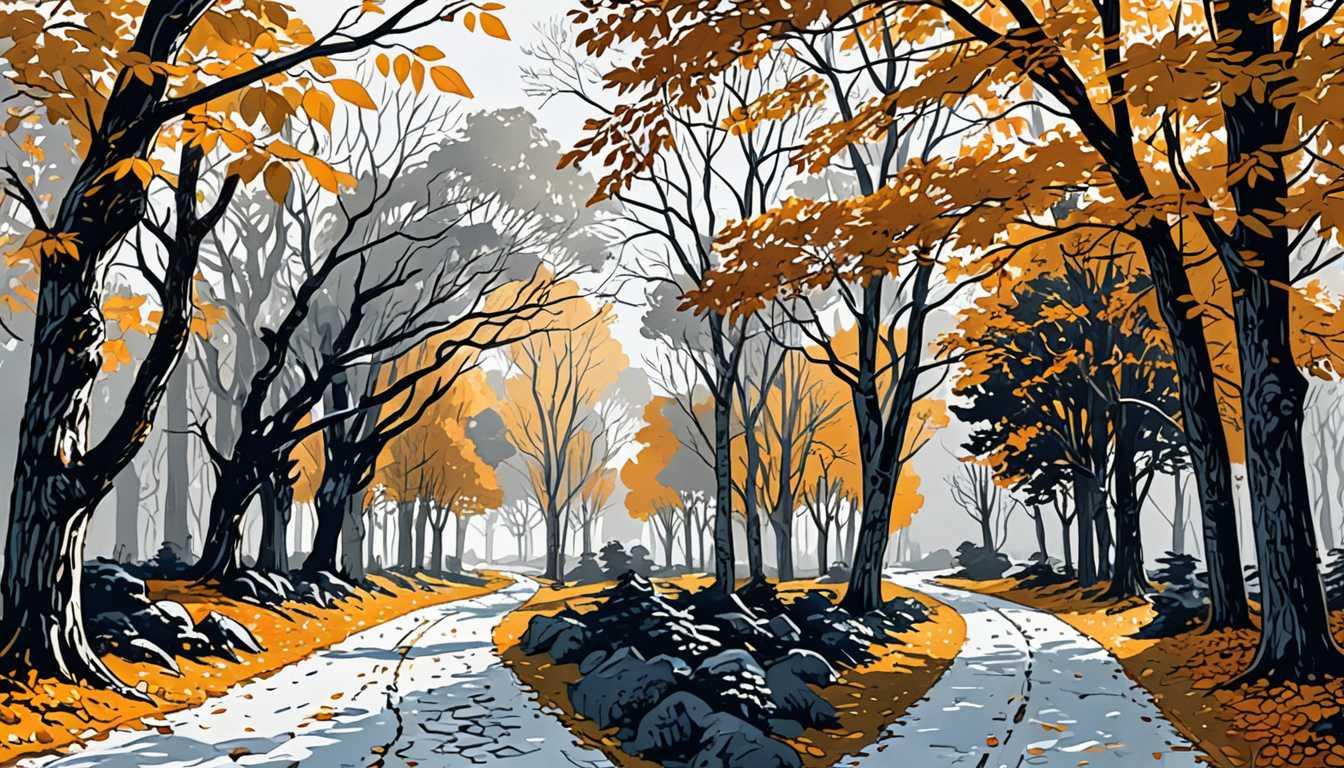Decoding Urban Greenery: A New Map
March 2023
Leiden University
Introduction
Ever wondered when a bunch of trees becomes a park or why all trees aren’t just called, well, trees? Joeri Morpurgo from Leiden University dives into the world of urban green spaces, revealing the surprising complexity behind what we casually stroll through. With 143 scientific articles under his belt, Morpurgo crafts a classification system to finally get everyone on the same page about what’s what in the urban jungle. From creating a tool that maps out every leafy detail to challenging the way we define nature in the city, this research isn’t just for the birds!
READ FULL ARTICLEWhy It Matters
Discover how this topic shapes your world and future
Greening Our Grey - Why Urban Green Spaces are a Big Deal
Imagine stepping out of your concrete jungle home and being enveloped in lush, green tranquility. Urban green spaces, like parks and gardens, are not just patches of green in a sea of grey; they are vital lungs of our cities, offering a refuge for our minds, bodies, and the environment. Joeri Morpurgo's work highlights a curious challenge in urban ecology: how do we define these green spaces? This question is more than academic; it influences everything from city planning to our understanding of environmental benefits. For you, amidst the hustle of school and city life, these green spaces could be your mini-escapes, offering a slice of nature's tranquility. Moreover, understanding their role and definition can empower you to advocate for more green spaces in your community, contributing to healthier, happier urban living.
Speak like a Scholar
Urban green space
Any area within a city that is predominantly covered in vegetation, which can include parks, gardens, green roofs, and more. These spaces are crucial for improving urban living conditions.
Biodiversity
The variety of plant and animal life in a particular habitat. Urban green spaces can support diverse species, contributing to overall environmental health.
Ecosystem services
Benefits that humans receive from the natural environment and properly functioning ecosystems, such as air purification, temperature regulation, and recreation.
Afforestation
Planting trees in an area where there was no previous tree cover, often to improve urban biodiversity and environmental quality.
Stratification
The arrangement or classification of something into different layers. In ecology, it often refers to the different layers of vegetation in forests or green spaces.
Riparian plants
Plants that grow along riverbanks and streams. These plants are important for maintaining biodiversity and managing water resources in urban areas.
Independent Research Ideas
The role of urban green spaces in mental health
Investigate how different types of urban green spaces (parks, green roofs, community gardens) contribute to mental well-being and stress reduction. This topic merges psychology with urban planning.
Green spaces and urban wildlife
Explore how urban green spaces support biodiversity, focusing on specific species that thrive in city parks and gardens. This study combines biology with environmental science.
The impact of green spaces on urban heat islands
Analyze how the presence and distribution of green spaces in a city can mitigate the urban heat island effect. This research blends geography with environmental science.
Water regulation and urban greenery
Examine how urban green spaces, especially those with riparian plants, contribute to effective water management and quality in cities. This topic intersects environmental science with urban planning.
Green roofs and sustainable urban design
Investigate the benefits and challenges of implementing green roofs in urban areas, considering factors like insulation, biodiversity, and aesthetic value. This study combines principles of architecture with environmental sustainability.
Related Articles

Nature’s Diversity: A Mental Health Booster
April 2024
King's College London

Ponds' Big Role in Climate Insights
June 2023
Cornell University

Forests at a Crossroads: Act Now
November 2023
University of Cambridge

Meadows Triumph in Cambridge Study
May 2023
University of Cambridge

Urban Wildlife's Survival Secrets
August 2023
Cornell University